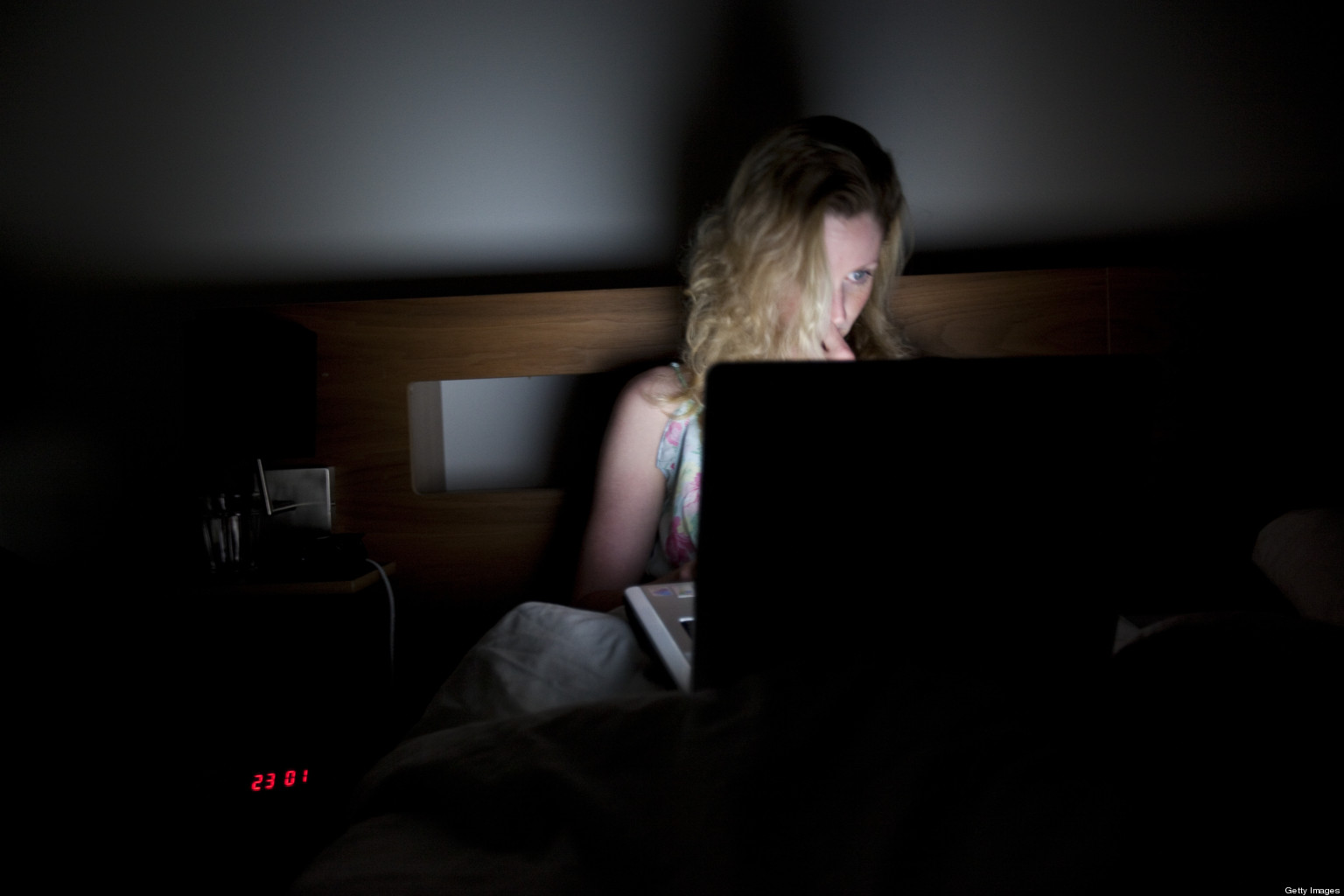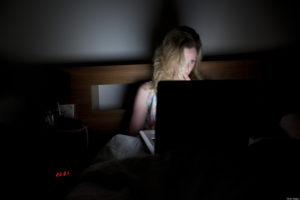Clinical Psychologist, Kathryn Smith, explains how technology affects our sleep and shares useful advice on how to cure a sleep delay.

The Age of Accessibility
Most of us are connected to the outside world 24/7. We keep our mobile phones by the bed, respond to emails, check Facebook, do all our banking on line, work and shopping.
We can spend a vast amount of time in front of technology. This is not a problem, except when we begin to use the technology near our sleep time or worse during our designated sleep time.
Often, this technology emits a lot of bright light over a long period of time. When you are exposed to this bright light near or during sleep time, it has the effect of delaying your sleep phase. In other words, it prevents you from falling asleep at your usual time. People then feel that they have an insomnia problem.
The Circadian World
We have long known in the world of sleep research, that our body is controlled by a circadian cycle that defines a period of time that our sleep will occur.
Our circadian cycle is governed by bright light, which enters our body via our retina to track through to a part in our brain called the suprachiasmatic nucleus. This part of our brain then drives our body clock and the timing of its rhythms including sleep.
Our circadian rhythm responds to four aspects of light: the intensity of light; timing of light; wavelength of light and the duration of light. These aspects neatly fit into the day/night cycle, except when technology begins to interfere.
Three useful tips for curing a sleep delay
1. Computer down time.
- The first step to avoid upsetting your circadian rhythm is to not use technology 1-2 hours before bedtime and definitely not in bed.
Computers, more so than a television, emit a strong light that contains a blue/green wavelength of light. Why is the blue/green wavelength a big deal? Well, we know from scientific studies that if we shine a blue/green wavelength of light into someone’s eyes before sleep time it will delay the onset of their sleep. Conversely if we shine an amber/red wavelength of light into someone’s eyes before bedtime, it does nothing to delay their sleep time.
2. Decrease blue/green light.
- The second step is if you are working at a computer or you need to use your phone for an alarm, take some steps to decrease the blue/green light coming from these sources.
This can be done in a number of ways. There is now a computer program that can be downloaded for free called f.lux. This program runs according to the time of the day and dims the screen to produce an amber colour after sunset. This amber colour increases during the night and then gradually lightens towards sunrise.
Alternatively, stick on amber screens are available for computers and phones that are touch sensitive.
You can even pop on a pair of amber tinted safety glasses and have the same effect.
3. Increase bright light in the morning.
- The third step is to reduce sleepiness during the day. The best cure for sleepiness during the day or in the morning is the reverse of the above. Exposure to bright light, particularly the green/blue wavelength of light can push back the sleep cycle and increase the feelings of wakefulness and alertness.
This can be achieved by spending 45 minutes out in the bright morning light.
Alternatively we now have Re-timer Glasses that are readily for sale online through medical supply companies. These glasses are worn just like normal glasses and produce 100% UV-free green/blue light that shines directly into the retina. You can wear these glasses for 45 minutes during the usual morning routine to help your body recognise when to be awake and when to be asleep.
Problems with Sleep?
If you have experienced chronic problems with getting to sleep, staying asleep or waking early one of the afore mentioned tips might just help.
It may also be worthwhile speaking to a clinical psychologist to define the area of difficulty and its potential causes.
Our team of clinical psychologists have knowledge about sleep and insomnia. We also have a range of products for demonstration. You may also be suited to a group treatment program. We run a group called Towards Better Sleep, on demand throughout the year.
For more information visit www.towardsbettersleep.com.au or www.psychologyconsultants.com.au


You must be logged in to post a comment.